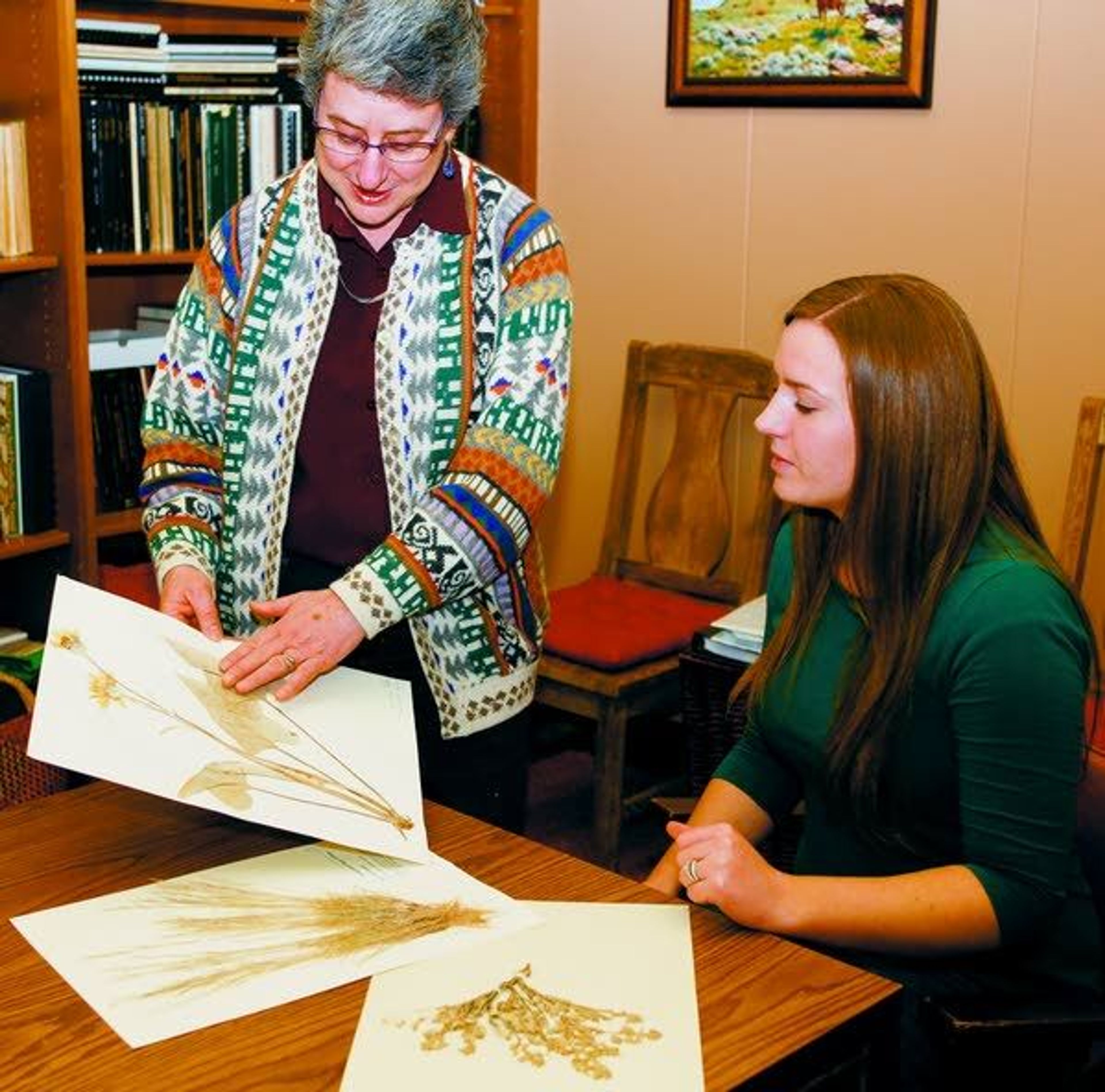Idahoans want equal use of public lands
Poll shows majority approve of grazing, recreation on public rangelands
A recent poll found that more Idaho residents approve of using public rangelands throughout the state for grazing animals, as well as recreational activities, than people may have expected.
For Karen Launchbaugh, University of Idaho grazing ecologist and Rangeland Center director, it is a thrill to see the response from community members.
"People think that using our public lands has value," she said. "They believe use of them is fine, that we don't just have to lock them up and not touch them."
In the poll, the University of Idaho Social Science Research Unit, working for the Idaho Rangeland Resource Commission, surveyed 585 Idaho residents in December.
The poll showed 90 percent of the residents surveyed approved of grazing on public lands.
Still, some recreational activities outranked livestock grazing. Of those polled, 98 percent were in favor hiking and camping and around 93 percent were for hunting and fishing, considerably more than the 65 percent who approved of using Idaho public lands for motorized recreation such as ATVs.
About 71 percent were for logging on that land and just 62 percent approved of using public land for energy development and transmission lines.
The series of questions were developed to quantify the opinions of Idaho residents on rangelands and ranching, Gretchen Hyde, executive director for the IRRC, said in an email.
Hyde said the results of the poll show Idahoans value rangelands for a multitude of uses, including livestock grazing, hunting and hiking.
While some may believe allowing grazing on these lands could harm the natural habitats, Launchbaugh said, there are many added benefits to good grazing management of public lands.
"It's a natural process, it's a part of the way these ecosystems evolved," she said.
Before it was cattle or sheep being led by ranchers, the plants on the rangelands evolved to naturally work in synch with bison and other grazing ungulates, such as horses and deer, she said.
Maybe grazing isn't necessary, but it is beneficial, she said.
The plants and habitats can be very sustainable and healthy if they are grazed every year, some may even be healthier as the plants evolve to produce more seeds each year, Launchbaugh said.
Some groups have identified ranching, especially fences, as a major threat to the greater sage grouse habitat in several Western states. But, she said, the biggest threats to the grouse and their habitats is not grazing, but invasive plants and wildfires.
"Grazing could be used to reduce that wildfire threat," she said.
Grazing is a valuable management tool for rangelands to control weeds and reduce fuel loads for wildfires, Hyde said.
"The public is starting to understand the intricacies of these management challenges," she said.
Launchbaugh said it really is feasible to graze livestock on these public lands and with good grazing management, it can continue to be done year after year.
"There are some places where it is more difficult than others," she said. "We have learned a lot and have come a long way, so I do believe we can do grazing right."
The land is in better condition than it was 75 years ago when Launchbaugh's profession began, she said.
"We need to do more about where the weak link in management is and why aren't all the lands as good as they can be," she said. "We need to empower land managers with the knowledge to step it up."
Launchbaugh believes once people start seeing and hearing about the lands appearing healthier they will become more aware of the issues.
The "new west," Launchbaugh believes, means people putting more emphasis on sustainability and an appreciation of the many products the community can gain from public lands.
Hyde said multiple users of public lands, such as ranchers, recreationalists and conservationists, are working together to create better habitats.
"The old days where management was only about making money is gone," she said. "Contemporary ranchers have to make decisions to benefit both the environment and their bottom lines."
"People are enjoying rangelands more than ever before, out hiking, mountain biking and riding ATV's," Launchbaugh said. "As that continues they are going to feel like they have a stake in it."
Samantha Malott can be reached at (208) 883-4639, or by email to smalott@dnews.com.


